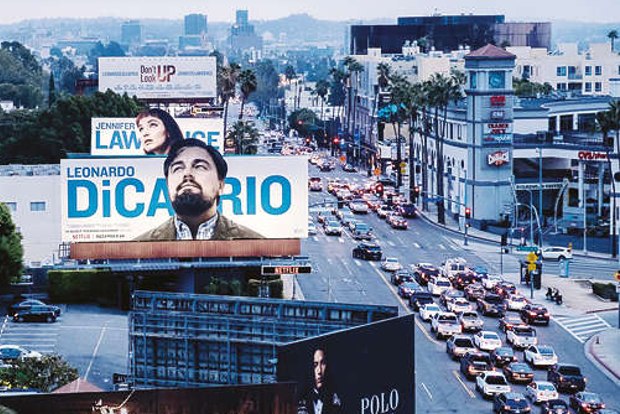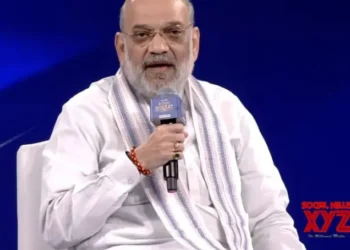Ms. Basinger, who founded Wesleyan University’s film studies department, noted that individual star power has faded. Studios have become fixated on intellectual property — pre-existing franchises and characters. As a result, there has been less of a need to manufacture new stars and keep the older ones burning hot; Iron Man, Dominic Toretto, Wonder Woman, and Baby Yoda are the stars now.
On Friday, Netflix began streaming “Don’t Look Up,” a big-budget satire starring Leonardo DiCaprio, Jennifer Lawrence, Tyler Perry, Ariana Grande, Jonah Hill, Meryl Streep, Cate Blanchett, and Timothée Chalamet. It sure seemed like a must-watch event, mixed reviews be darned. Casts so ultra-celestial — embarrassments of celebrity riches — don’t come along every day. Except that now they do.
One star playing Spider-Man? How quaint. “Spider-Man: No Way Home,” has three A-listers in Spidey spandex: Tom Holland, Andrew Garfield and Tobey Maguire. “No Way Home,” a runaway hit at the global box office, taking in $1.05 billion for Sony Pictures Entertainment, also stars Zendaya, Jamie Foxx, Benedict Cumberbatch, Alfred Molina, Marisa Tomei, Willem Dafoe, and Jon Favreau. About 43 percent of opening-weekend viewers in the US cited the cast as the reason they bought tickets, according to PostTrak surveys. Twenty percent specifically cited Zendaya.
Taken one film at a time, star amassment is nothing new. All of a sudden, though, they are everywhere. Why?
“Stars matter — always have, always will — and Hollywood retreats to them, leans harder on them when it gets nervous about a wandering audience,” said Jeanine Basinger, a film scholar and the author of Hollywood histories like “The Star Machine,” which examines the old studio system. “Stars are insurance — for studio executives who want to keep their jobs, certainly, but also for viewers: ‘Is this movie going to be worth my time and money?’”
Describing Hollywood’s customer base as “wandering” is rather kind. AWOL might be more apt. The pandemic seems to have hastened a worrisome decline at the box office for bread-and-butter dramas, musicals, and comedies — everything except leviathan fantasy franchises and the occasional horror movie.
“Stars matter more than ever,” said Bryan Lourd, the Creative Artists super-agent who orchestrated the “Knives Out” deal. “When stars meet material that is their fastball, it cuts through all the noise.” There are other explanations for the barrage. In a severely disrupted marketplace, stars are seeking safety in numbers; no one person can be held responsible for failing to deliver an audience, as with “Nightmare Alley.” Movie marketing has also changed, becoming less about carpet-bombing prime-time TV with ads and more about tapping into social media fan bases.
Ms. Basinger, who founded Wesleyan University’s film studies department, noted that individual star power has faded. Studios have become fixated on intellectual property — pre-existing franchises and characters. As a result, there has been less of a need to manufacture new stars and keep the older ones burning hot; Iron Man, Dominic Toretto, Wonder Woman, and Baby Yoda are the stars now.
“In the old days, movie stars were the brands,” she said. “They reached the whole audience. Not a slice of the audience. Everybody. But that all fell apart. Now, it’s about adding up niches.” In other words, few stars remain bankable in and of themselves, requiring Hollywood to stack casts with an almost absurd number of celebrities. Flood the zone.
“It’s trendy at the moment,” Tim Palen, a producer, and former studio marketing chief, said of what he called an “all skate” approach to casting. “Not new but certainly symptomatic of the battle for attention that’s raging.”






















